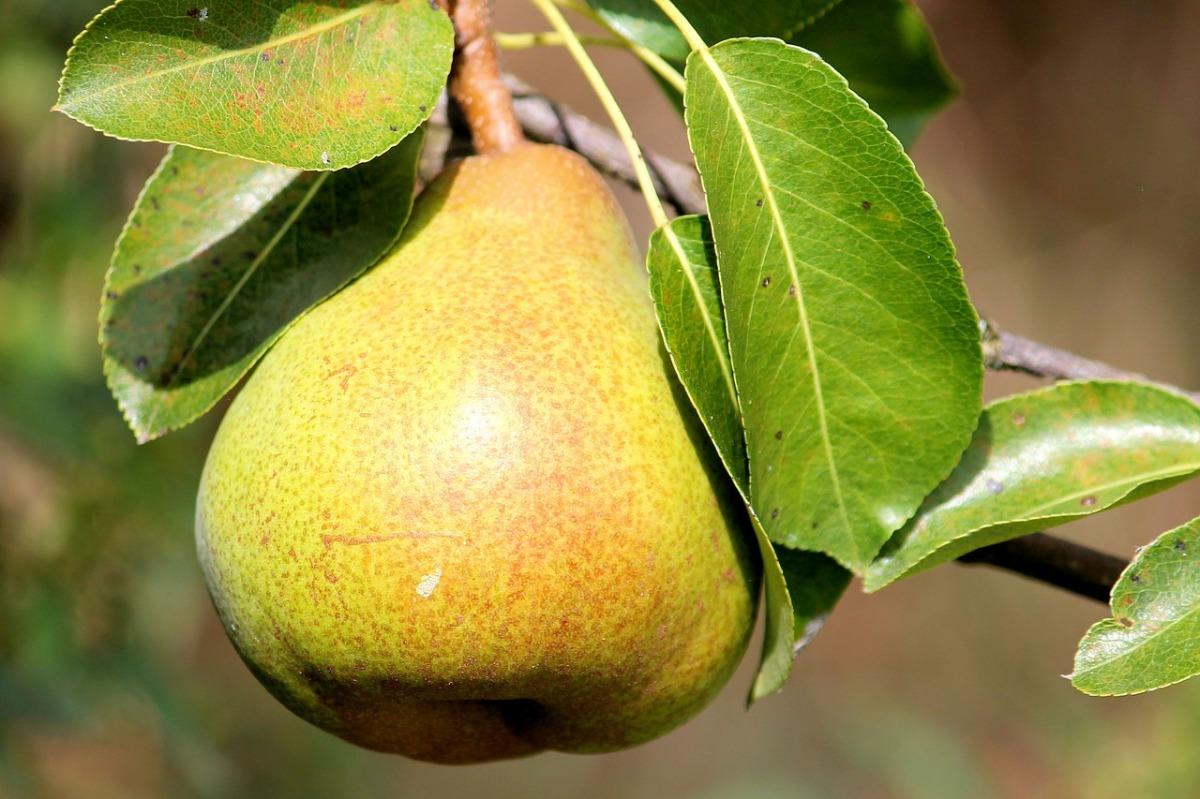
Pears are not only delicious, but also healthy, and they do not cause allergies, so they can be fed to children. Pears are used to make juice, compote, jam and dried fruits.
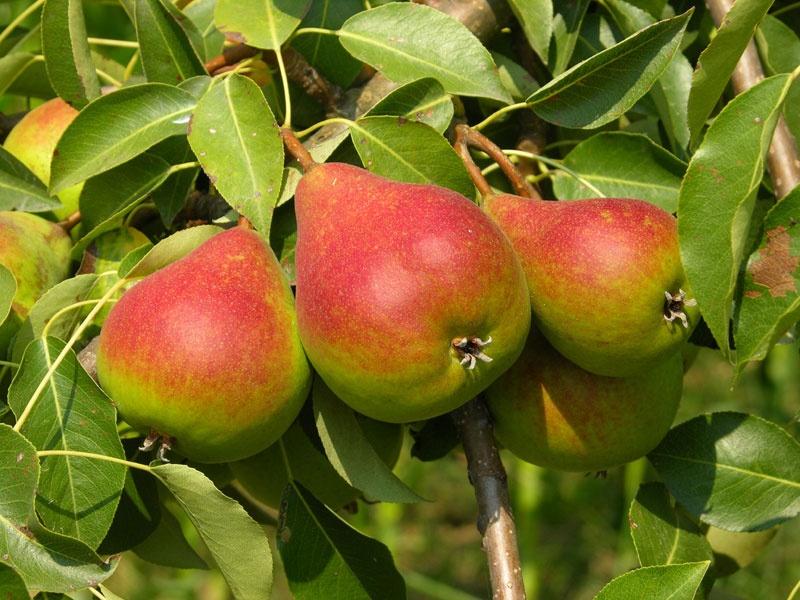
Planting pear
For pears, it is better to choose a loose soil, it should be well permeable to air and moisture, but with a small amount of clay to retain moisture at the roots. In the garden, it is better to choose a place in the south, southwest or West. The place should be sunny, but not hot.
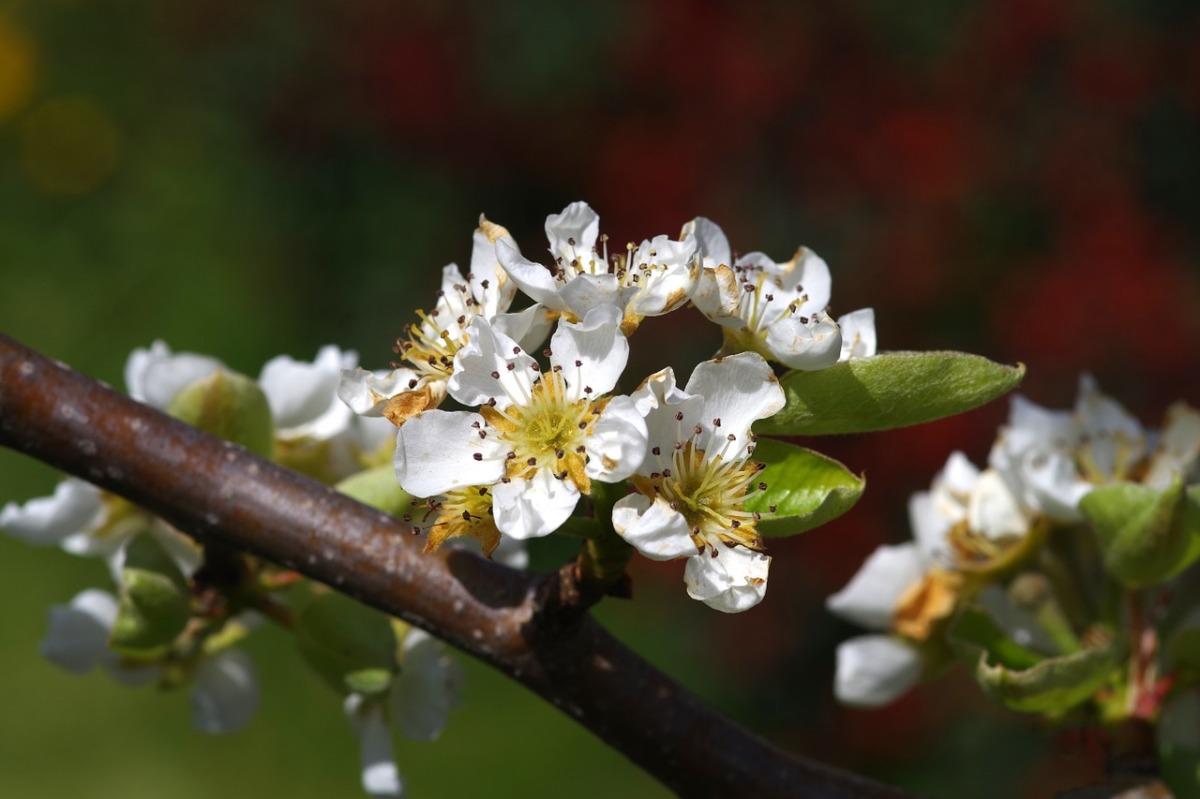
Because of the peculiarity of the root system, the annual loves moisture, but if the air is constantly saturated with water vapor, the tree begins to wither.
It is better to plant a pear in the spring. For spring planting, prepare the planting holes in the fall.
- From above, the fertile soil is dug out of the pit, mixed with organic fertilizers (rotted manure, compost or peat) and mineral potash and phosphorus fertilizers, wood ash or lime, if the soil is acidic. The soil mixture is poured into the hole to the edges.
- Fill the soil at the bottom of the pit with a mound. In the center you need to stick a stick. Place the tree in the hole, spread the roots on the mound. The root neck should be 3 cm (1.2 inch) above ground level. Cover with earth and tamp it with your foot or hand.
- After planting, mark the tree trunks with a roller from the ground and fill well with two buckets of water. After the water is absorbed, mulch the soil around the plants. You also need to tie the tree to the post.
Important! Try not to put fresh manure in the planting pit, as it can damage the roots due to prolonged rotting.
Pear care
You need to take care of the pear as well as the apple tree. Make sure that the trunk circles of young pears are not overgrown with weeds. You can sow lupine in the garden – it is planted between the rows, the soil will be enriched in this way.
Watering
The best irrigation system for pears is sprinkler irrigation, where water enters the plants through a rotating or standing spray with a large number of small holes that simulate real rain. If this is not possible, make a 15 cm (5.9 inch) wide groove around the tree trunks in a circle and carefully pour water into it. Watering is done several times in the spring and the same amount in the summer, when there is a severe drought, you need to water more.
After watering, the soil should be loose, this will provide the roots with oxygen. The application rate is approximately 3 buckets per 1 square meter of the area of the circle of tree trunks.
Fertilizing
The amount of fertilizer depends on the characteristics of the wood and its condition. If a young annual pear tree has a shoot growth of 40 cm (15.7 inch) per year, or a fruit-bearing pear tree has a growth of 20 cm (7.9 inch), then it definitely needs fertilizer.
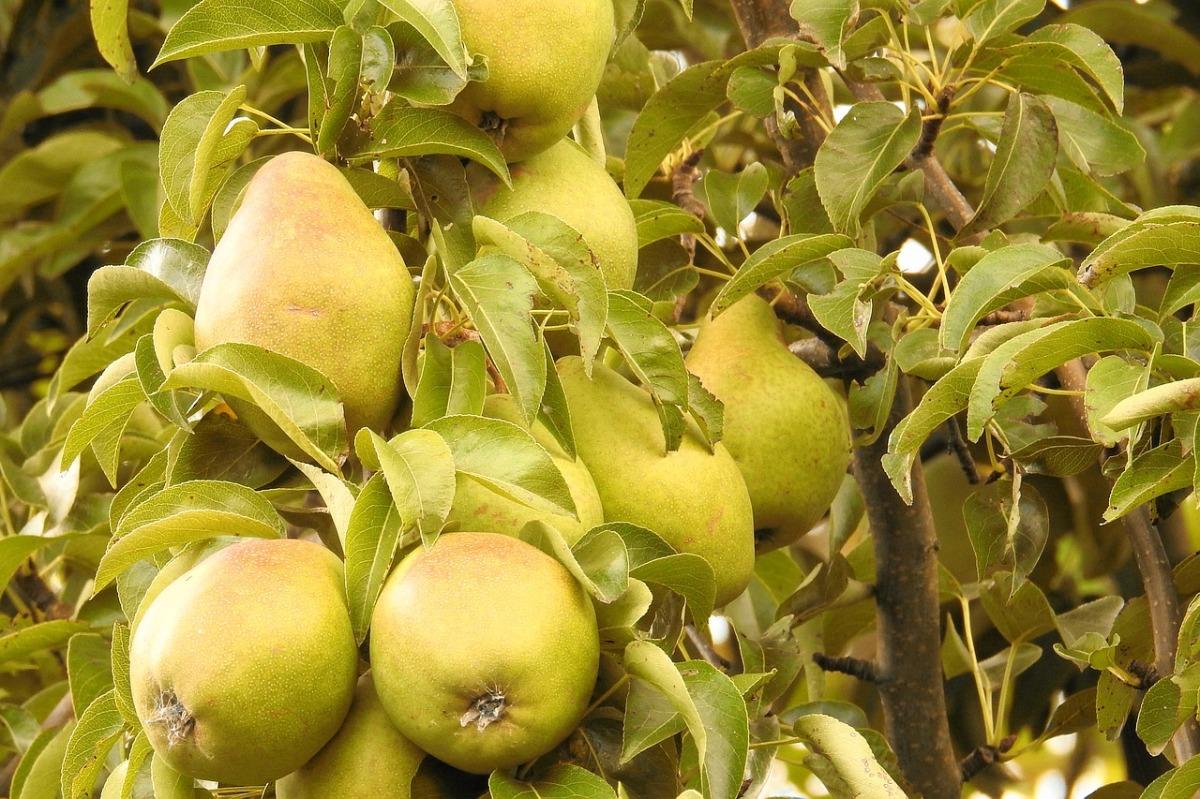
It is necessary to apply fertilizers for the second year. They are made in spring and autumn, but in summer you can also do top dressing.
Organic fertilizers are applied once every three years, mineral fertilizers-every year. It is best to make a trench around the tree. The length of the trench depends on the amount of fertilizer applied. For 1 month, on average, there should be about 9 kg of humus, 25 g of potassium chloride, 15 g of urea. In the trench, mixed with the earth, phosphorus-potassium fertilizers are filled in, then organic ones. This method is better than applying for digging due to the fact that fertilizers do not evaporate from the soil surface.
Pruning pears
Select the shape of the crown
The most common and acceptable for brittle branches is the pear-shaped form:
- 1.Sparse-tiered-tiered branches are thinned so that there are 2-3 branches in each layer. The lower tier is laid in the year of planting. In general, a mature tree will have about 6-8 skeletal branches.
- 2.Free growth-form a central channel and separate skeletal branches directed in the plane of growth
A beginner needs to understand that pruning is not something complicated, but a necessary measure immediately after planting, so that the crown is formed without excessive thickening of shoots and branches that do not have a crop.
Usually, seedlings of pear trees of 2-year-old age are chosen for planting. In this case, its branches are immediately formed. The 2-year-old seedling has about 8 lateral branches, of which about 4 are selected skeletal, at an equal distance from each other, extending at an angle of 45° from the trunk.
The tree branches well, it is necessary to shorten the branches by 1/4 at the same height, but always leave the main branch higher by 20-25 cm (7.9-9.8 inch). If there are competing shoots, it is cut equally.
When planting an annual seedling, it should be shortened, after pruning, its height should be about 50 cm (1.6 foot).
In an adult tree with a well-formed crown, pruning consists in removing small branches (tops) growing inside, thickening of the crown and broken branches.
Disease of pear
This section will describe the manifestations of common diseases, so that you can sound the alarm in time and help your garden:
- Scab develops in early spring. A greenish-brown patina appears on the leaves, and then the leaves fall off.
- Fruit rot-grayish-brown circles of rot appear on the fruit, the spores disperse through the air and infect other trees.
- The sooty fungus on the fruit and leaves formed a black coating.
- Rust is a fungal disease, with rust-like spots appearing on the outside of the leaves.
- Powdery mildew-shoots, inflorescences, buds, leaves can be affected by the disease. They get a powdery, dirty-white coating, then it turns brown and eventually blackheads form.
Types of Pears
Pears have about 60 native species. As a result of hybridization, many interesting varieties of pears have appeared.

Clapp’s Favourite
Trees of this type are tall or of medium height. Large, oblong fruit. The main color is yellow with a red blush. Very juicy white tender flesh and a wonderful sweet and sour taste. It bears fruit after planting in the 7th year.
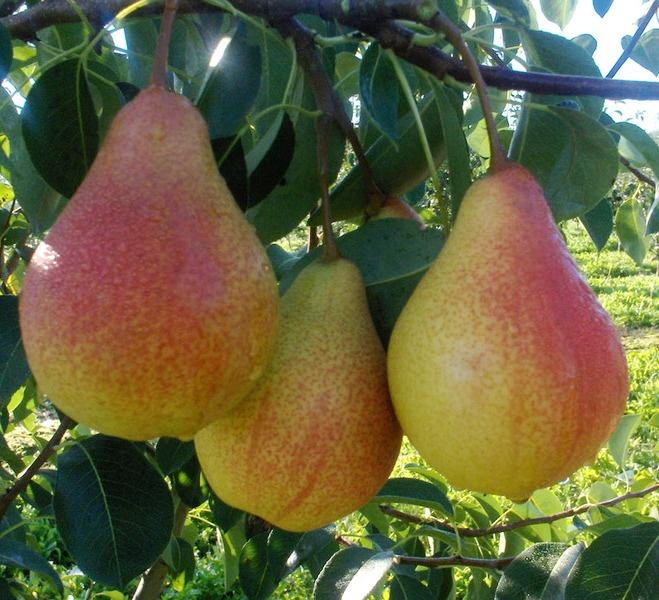
Pear Lada
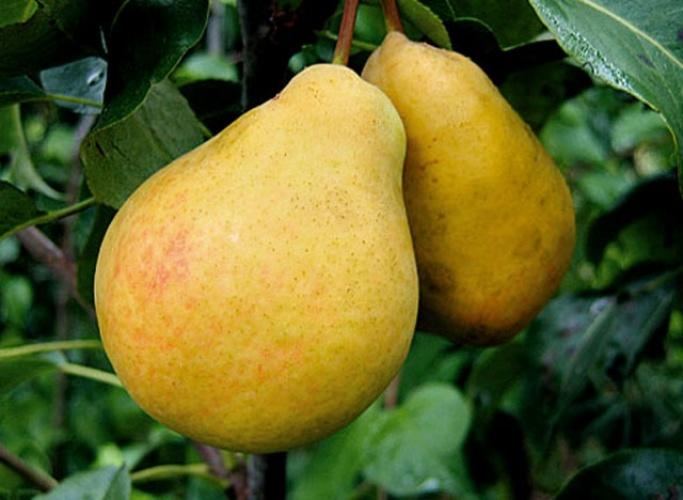
The fruit color is light yellow with a red blush spot. The flesh is fine-grained, medium juicy, yellowish-white. Regularly bears fruit, is partially self-pollinating varieties.
Pear Nectar
Matures in autumn. In mid-September, the fruit is removed from the tree. The color of the fruit when harvested from the tree is greenish-yellow, interspersed with bright spots. The fruit tastes sweet and sour, very juicy, the flesh is oily, white.

It begins to bear fruit 5 years after planting (annual seedlings). Drought-resistant and delicious varieties.
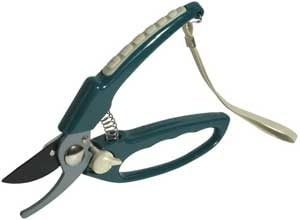

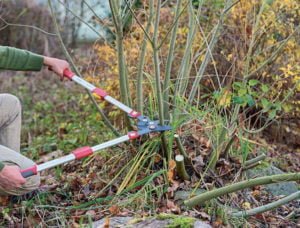
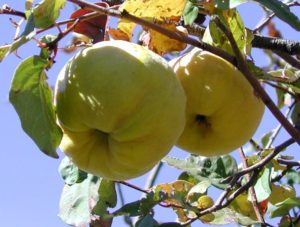
Leave a Reply